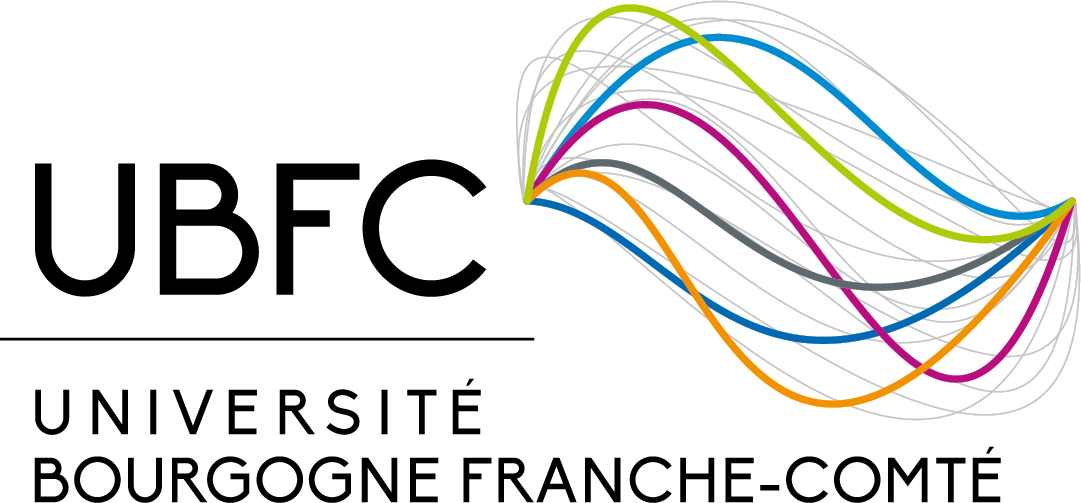`Palaeoshellomics' reveals the use of freshwater mother-of-pearl in prehistory
| Affiliation auteurs | !!!! Error affiliation !!!! |
| Titre | `Palaeoshellomics' reveals the use of freshwater mother-of-pearl in prehistory |
| Type de publication | Journal Article |
| Year of Publication | 2019 |
| Auteurs | Sakalauskaite J, Andersen SH, Biagi P, Borrello MA, Cocquerez T, Colonese ACarlo, Dal Bello F, Girod A, Heumuller M, Koon H, Mandili G, Medana C, Penkman KEH, Plasseraud L, Schlichtherle H, Taylor S, Tokarski C, Thomas J, Wilson J, Marin F, Demarchi B |
| Journal | ELIFE |
| Volume | 8 |
| Pagination | e45644 |
| Date Published | MAY 7 |
| Type of Article | Article |
| ISSN | 2050-084X |
| Résumé | The extensive use of mollusc shell as a versatile raw material is testament to its importance in prehistoric times. The consistent choice of certain species for different purposes, including the making of ornaments, is a direct representation of how humans viewed and exploited their environment. The necessary taxonomic information, however, is often impossible to obtain from objects that are small, heavily worked or degraded. Here we propose a novel biogeochemical approach to track the biological origin of prehistoric mollusc shell. We conducted an in-depth study of archaeological ornaments using microstructural, geochemical and biomolecular analyses, including `palaeoshellomics', the first application of palaeoproteomics to mollusc shells (and indeed to any invertebrate calcified tissue). We reveal the consistent use of locally-sourced freshwater mother-of-pearl for the standardized manufacture of `double-buttons'. This craft is found throughout Europe between 4200-3800 BCE, highlighting the ornament-makers' profound knowledge of the biogeosphere and the existence of cross-cultural traditions. |
| DOI | 10.7554/eLife.45644 |
